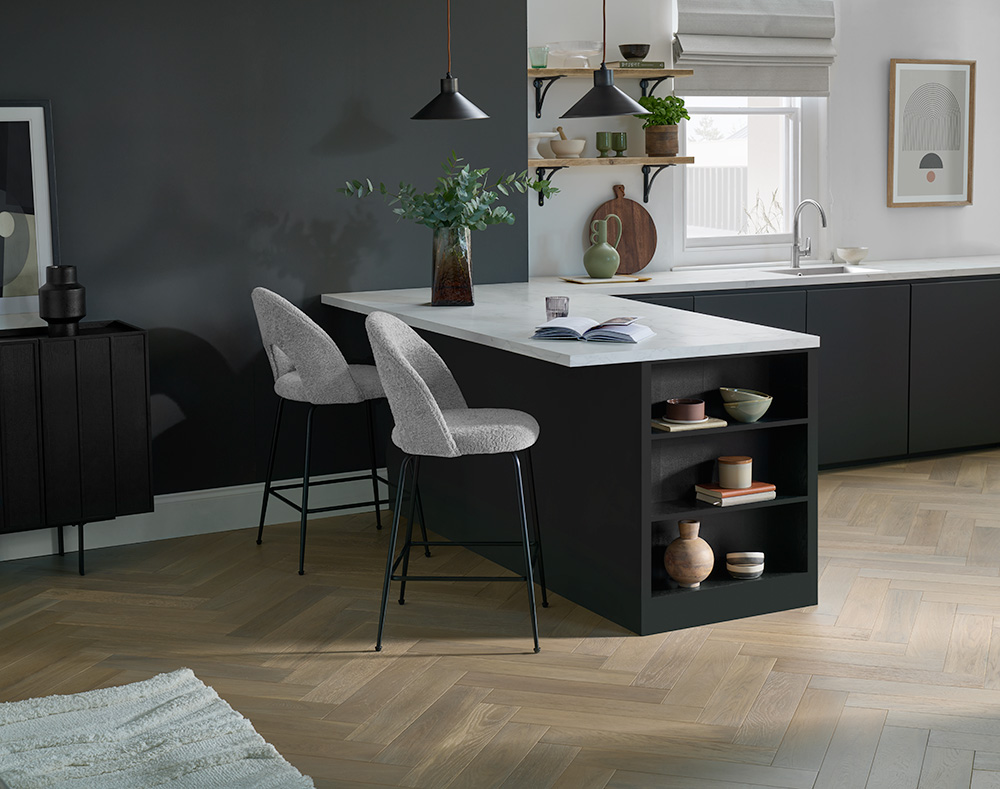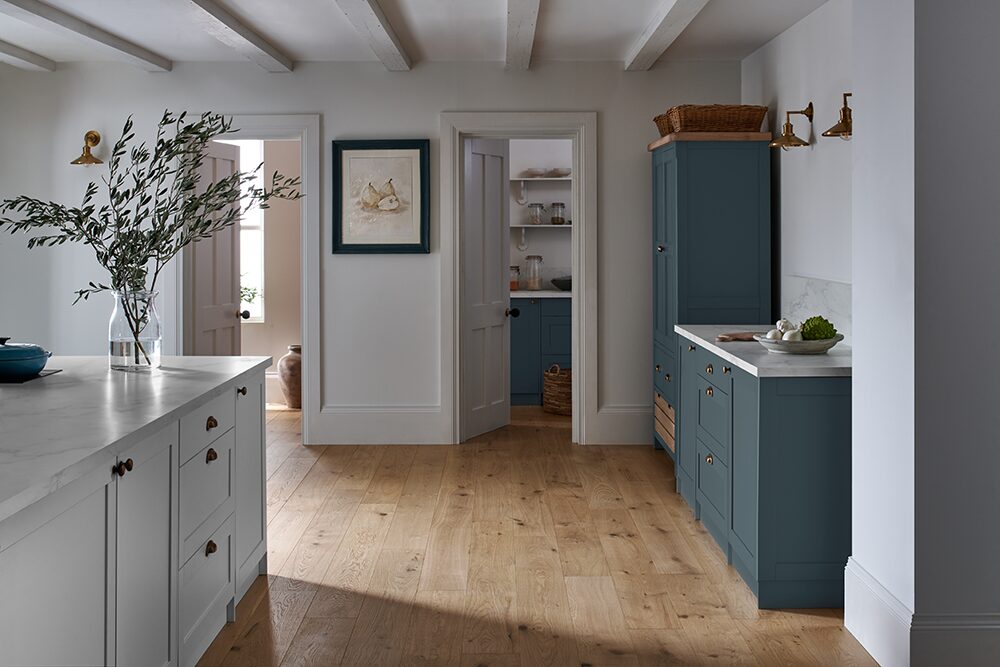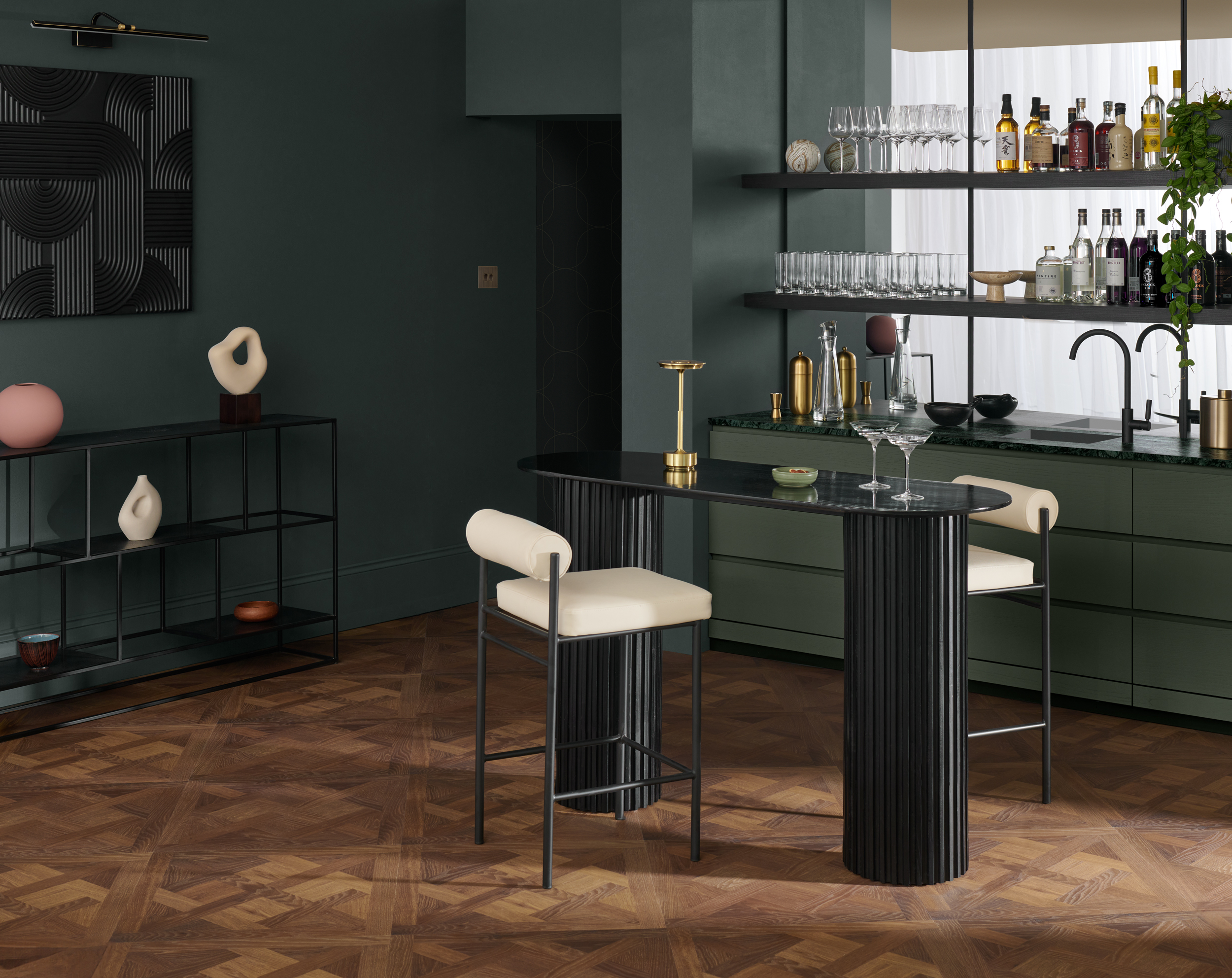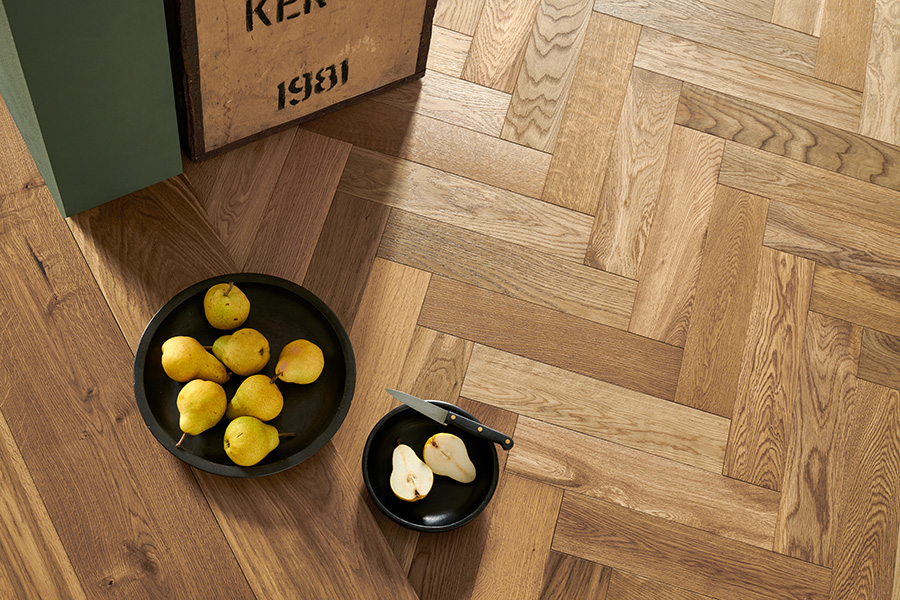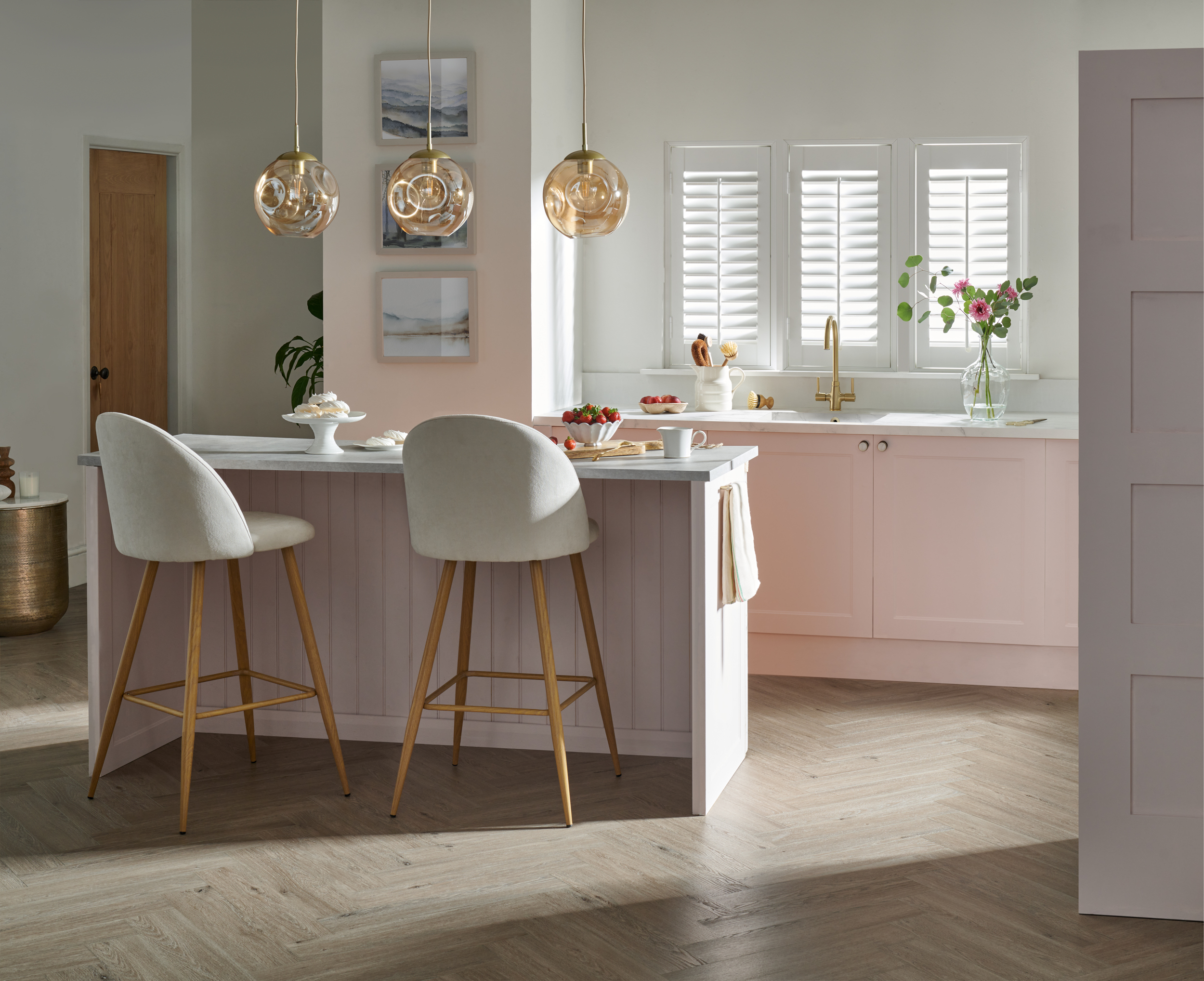Best Flooring for Your Kitchen: Options, Tips and Trends
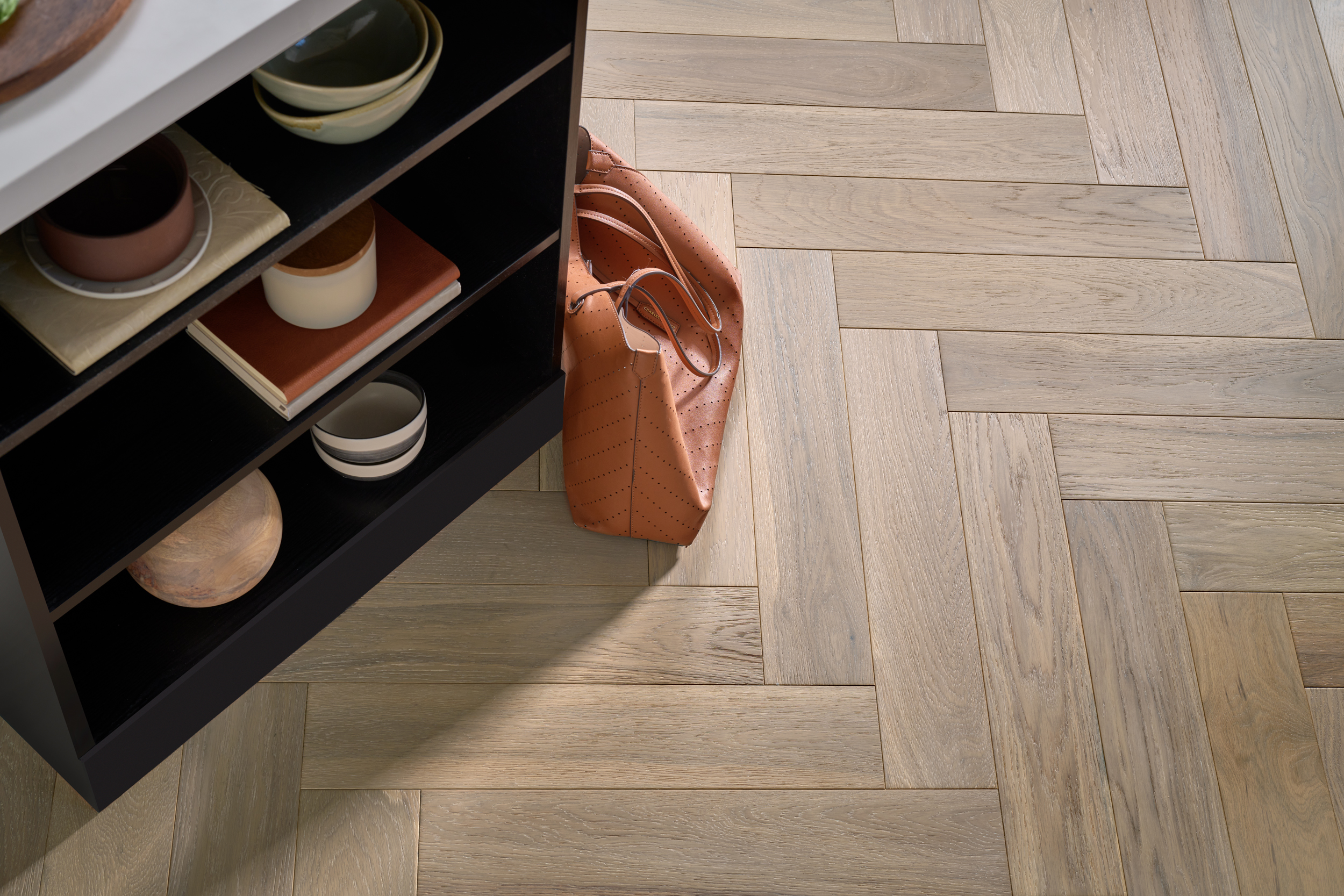
Your kitchen floor works harder than any other in your home. Choosing the best flooring for your kitchen means finding a surface that can handle spills, heat, moisture and constant use. It needs to stand up to your lifestyle while maintaining its beauty year after year.
Choosing the best flooring for your kitchen isn’t about trends alone. It’s about finding the right combination of durability, practicality, and timeless design that suits your life.
If you’re planning a new kitchen or replacing a tired floor, this guide will help you make a confident choice that lasts.
What Makes the Best Kitchen Flooring?
Your kitchen flooring needs to do more than look good. It should support the way you live.
The best kitchen flooring combines three essential qualities: durability to handle daily wear, ease of cleaning for busy days, and a style that feels at right at home in your design.
When you choose flooring that delivers on all these fronts, you’re choosing a kitchen that’s ready for real life.
Real Wood Flooring: Real Beauty, Everyday Practicality
If you want the warmth and authenticity of real wood in your kitchen, a real wood floor is the smart choice.
In recent decades real engineered wood floors have made real wood floors a practical option. Unlike traditional solid wood, which is prone to movement with heat and moisture, engineered wood floors are designed for stability. Its layered construction reduces the risk of warping while maintaining the true character of timber in the real wood toplayer.
Contrary to popular belief, engineered wood works well in kitchens. Just mop up spills promptly to prevent moisture sitting on the surface and vacuum regularly to keep it looking new. It’s a floor designed for easy living, with durable finishes that resist everyday stains and scuffs. If needed in the future, it can even be sanded and refinished to restore its original beauty. With engineered wood flooring, you get the richness and variation that only real wood offers, with greater peace of mind in a demanding space.
For inspiration, take a look at Stonehaven Strait Oak or Orkney Truffle Oak.
If you’re unsure about the differences, this guide on engineered vs solid wood flooring offers a clear explanation.
Stratex® Waterproof Options: The Best of Both Worlds
Your kitchen is one place where spills are simply part of life. For extra reassurance, there are waterproof wood-design boards designed specifically for these spaces.
Stratex®, our advanced waterproof flooring, is engineered with a highly stable composite core and a realistic woodgrain. It’s built to resist moisture, dents, and daily knocks while still looking beautiful.
These options are particularly valuable for busy kitchens or families who need peace of mind without compromising on style.
For a more premium look, Stratex® design panels add depth and interest to any design scheme.
Style and Design: Creating Your Ideal Kitchen Look
Your kitchen floor does more than serve a function. It sets the tone for the whole space.
Think about the look you want to achieve. Warm, rustic tones bring character to country kitchens. Pale, neutral boards create a bright, Scandinavian feel. Parquet patterns deliver classic elegance.
Berkeley Priory Oak is a striking option for those wanting drama and warmth whilst Berkeley Cottage Oak brings a sense of timelessness into the home.
If you’re considering open-plan living, mixing plank and parquet formats can help define different zones while keeping a cohesive feel.
Avoiding Common Mistakes
Kitchens are demanding spaces. Some flooring options just aren’t suited to them. Many homeowners love the idea of real wood but choose untreated solid wood for kitchens, only to discover it moves or stains too easily.
It’s also easy to overlook practical details that really matter. To help you make a better decision, here’s a quick checklist of things to watch for:
- Check suitability of subfloor and installation method
- Confirm underfloor heating compatibility, if applicable
- Choose natural look wood floors, they are typically easy-to-clean and wear the best in high wear areas
- Consider durability for high footfall and heavy use and install mat wells at entrances to remove maximum dirt and grit
- Check the warranty for peace of mind
- Install the flooring after the kitchen units are in place, allowing space under the end panels and plinths to fit the floor neatly underneath and avoid scotia beading

By thinking ahead about the realities of daily use, you can avoid these costly mistakes and choose a floor that rewards you every day.
Trends in Kitchen Flooring for 2025
Your kitchen should feel timeless, but it’s always inspiring to know what’s current.
This year, the most popular kitchen flooring trends include:
- Natural, understated tones that bring calm
- Sustainable materials that tread lightly on the planet
- Wider planks for a modern, spacious feel
- Low-sheen finishes for relaxed sophistication
Looking After Your Kitchen Floor
Maintenance doesn’t need to be complicated.
Regular sweeping or vacuuming keeps dirt from scratching, and wiping up spills promptly avoids marks. Using the right cleaning products protects your floor’s finish for the long term. For extra care, add felt pads or castor cups to furniture legs to prevent unwanted marks and keep your floor looking its best.
Ready to Choose the Best Flooring for Your Kitchen?
Your kitchen is the centre of daily life. Choosing the right floor ensures it can handle everything while looking exceptional.
If you’re ready to explore options, you can:
- Browse our full kitchen-suitable flooring range
- Discover style inspiration
- Find your local retailer
Your perfect kitchen floor is waiting for you.

